Nowadays almost everyone understands the benefits of going solar. If you’re considering installing solar panels for your home, you’re probably wondering what type of solar panel installation you might need. It may sound confusing, but it doesn’t have to be.
Think back to when you leased or bought your most recent car. That decision was made around your needs and lifestyle. Like cars, choosing a solar installation type should be based on your needs, only for your house.
Before you go any further with your research, let’s dive into the two major types of solar panel installations: Rooftop and Ground Mounted.
Rooftop Solar Panel Installation
Rooftop Solar Panels work best when the following features apply to your homes.
- Units with most roof space (especially if there is also no other space available for solar panels except the roof)
- Roofs with Sun exposure with zero to minimal shading
- Houses with extended stay (a long-term plan, your forever home, etc)
- Roofs with South-facing orientation (maximum sun exposure)
- When your roof needs an extra layer of support, with the added purpose of generating energy
Once you’ve checked these things off your checklist, you can go ahead with your installation plans.
Ground-mounted Solar Panel Installation
The second type of solar panel installation is ground-mounted. Any open space other than the roof that can fit grids of solar panels falls into this category. Let's look at some other factors that are involved in choosing a ground mount:
- Houses/ properties with open ground space/unused land
- Properties that have an above average sized landscape
- Houses, where the intention to stay is short-termed
- Houses with least Sun-facing oriented roofs
- When another layer of roofing isn’t necessary
Mostly, ground-mounted is the type of solar panel installation that is most preferred in rural areas and homes. There are properties that have joint living providing open spaces. And these can be used for mounting solar panels on poles (Which is a sub-type of ground-mounted solar panels).
While not restricted to large landscapes, ground-mounted solar panel installations tend to rely on the landscape size.
Once you’ve figured out which type of solar panel installation suits your needs the best, you can proceed to the next stage, which can include some of the following things:
- Figuring out your finances (for that try our solar calculator)
- Pay for and pick approved permits
- Figuring out roofing requirements for your property
- Estimating installation procedure time
Now that you’ve done the research, you can go for the type that fits your property’s requirements. If you’re still not sure what type of solar panels will work best for your property, here are some installations to look over.
And when you’ve become satisfied, your next step should be to contact an installer and schedule a consultation.



